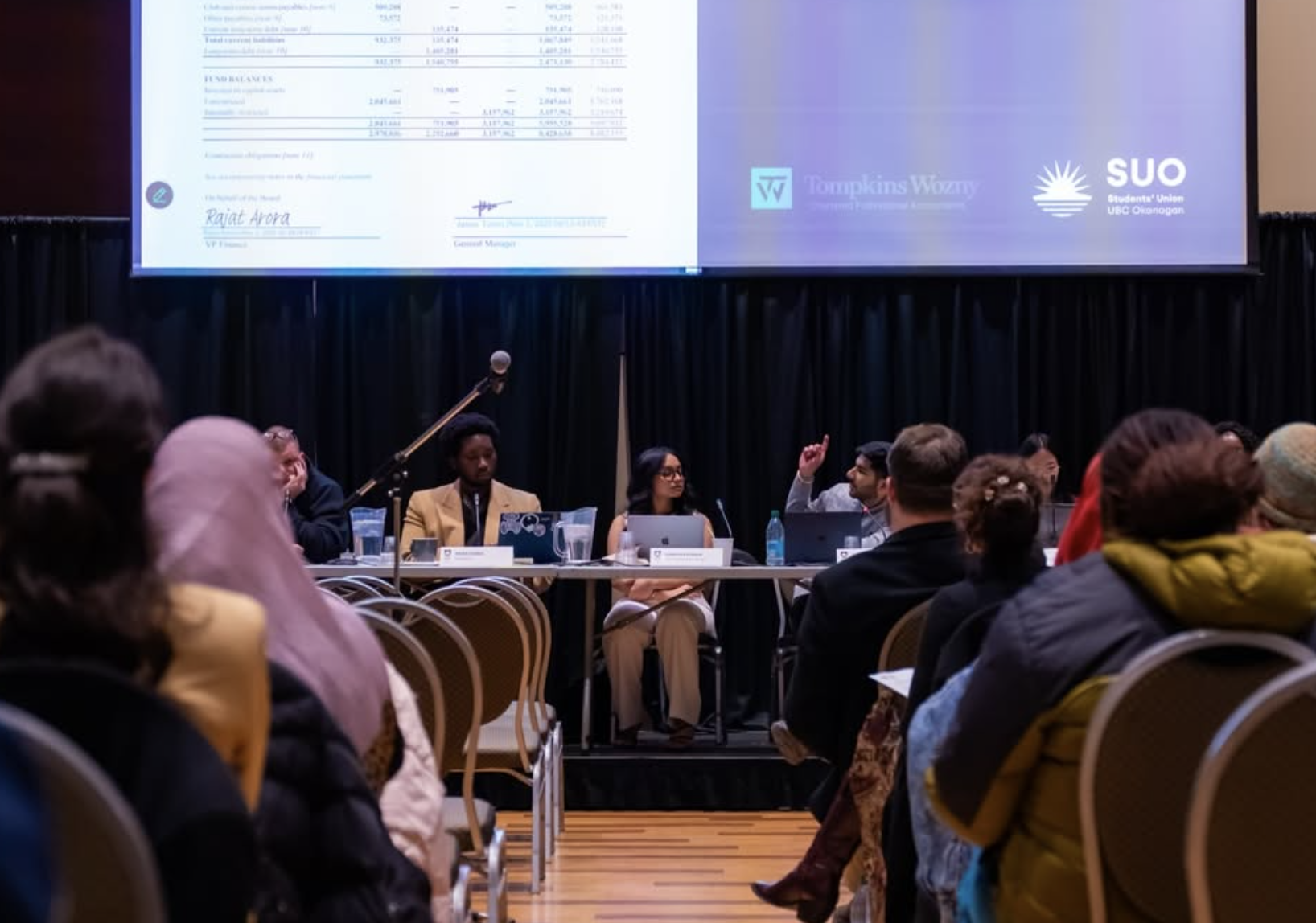
Over time, the establishment of media guidelines, which direct journalists and publishers how to speak about different subject matters, have become widespread. In response to sensationalized reporting on suicide, traditional media sources, such as newspapers, several organizations have developed series of guidelines that dictate how media should report on and speak about suicide, though they are not always followed. But in the rapidly evolving world of social media, things are quickly muddled.
At UBCO, 4th year Psychology student Soumyaa Subramanium is investigating the use of media guidelines on suicide under the direction of Dr. Carolyn Szostak, an Associate Professor in the Department of Psychology. Earlier in her degree, Soumyaa took a leap on her interest in research by reaching out to professors across the department. In connecting with Dr. Szostak, she has been able to explore her research interests, first through volunteering in work related to climate change, and now through her work on how suicide is reported in the media.

The guidelines for exactly how to report on suicide vary slightly but in general are well established. The expressed goal of most guidelines is to stop sensationalistic reporting and ensure responsible conversations. They cover much of what media creates including language use (“died by suicide” is preferred to “committed”), what images to use with an article, and specifics on the content of an article (such as avoiding speculating on cause and not including detailed information on a death), and proper headlines. Most guidelines also recommend media sources include additional resources on suicide within an article, such as links to mental health resources.
In her Undergraduate Research Award winning work, Soumyaa set out to investigate how social media sites – like the Daily Mail and Buzzfeed, which rely heavily on sharing their content through Facebook and Twitter – differ in how they follow the guidelines when compared to traditional media. First, she compiled a set of guidelines from five to eight different agencies, such as the World Health Organization and the Canadian Psychological Association, and then with the help of an assistant analyzed different articles from 5 social media sites. Notably, sharing content and reader interaction, the integral component of social media, was not covered by the media guidelines.
In evaluating the different sites, Soumyaa says “there wasn’t a lot of consistency in compliancy.” While the Daily Mail failed to follow the guidelines to a much greater extent than other sites, the results varied.
Even within a single site, some guidelines would be followed in one article, while being completely ignored in another.
Particularly, she says some sites closely followed the recommendations for language but continued to speculate heavily on the death. And some articles, even when closely following the guidelines, failed to provide additional mental health resource links.
Soumyaa says an important aspect of her work is how the conversation around suicide manifested in the sites’ social channels. “Despite the websites saying the comments were moderated, we still saw quite disparaging comments towards the individual that died,” she says, and while compassionate conversations were common, negative stigma-driven conversations were rampant.
Given that suicide remains an overly taboo topic around the world, it’s pushing these media guidelines for social media that could make a difference. Better use of the guidelines “could allow for more readers to understand about suicide in itself and allow them to interact… [guideline compliance] could result in more responsible reporting of suicide and, as a result, readers can be better informed,” Soumyaa says.
If we can expand the use of responsible reporting into social media and reader interactions, collaboration between mental health experts and journalists could heavily reduce the stigma surrounding suicide, something that would be beneficial for everyone involved.
A key facet of this work in the future is for researchers to investigate how the use and non-use of media guidelines affects readers, which is exactly where Soumyaa’s work is headed. In her honours project, she’s investigating the effects of articles concerning suicide on readers and on social stigma, and better elicit exactly why these guidelines are useful.
Going forward, Soumyaa says it’s educating people, particularly journalists, about these kinds of findings that can help drive improvements in the way we talk about suicide: “I think that having this conversation and more of an interaction between mental health experts, guideline creators, and journalists, will help everyone understand why it’s important to comply with these guidelines… I think that’s what we're missing here, the why part of why it’s important to follow these guidelines, we need to create this conversation between journalists and the guidelines.” Given the enormous readership for these social media websites, the opportunities for proliferating stigma if poor reporting continues are huge, but so are the opportunities for education.




